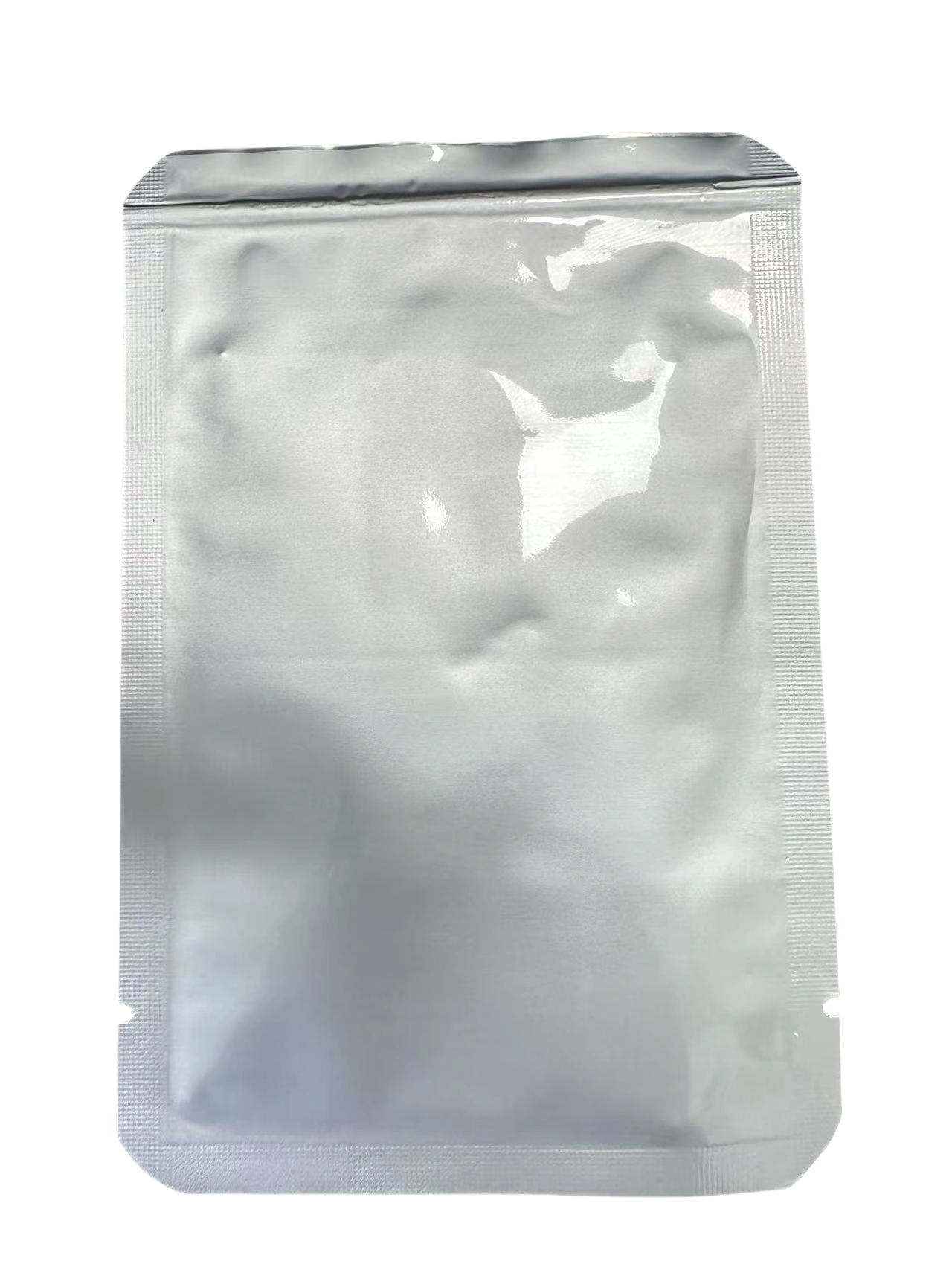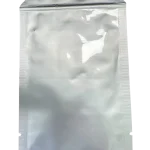Oral cell collection card indicator type
Most Common Type: A prevalent indicator type is the color – changing one. For instance, many high – quality oral cell collection cards, such as the ones used in both research and forensic applications, are designed with a color – changing mechanism. When the card comes into contact with saliva or oral cells, a chemical reaction occurs within the indicator area.
SIZE:85mmX53mm
Package:100 pcs/box、bags
10 boxes/carton
Manufacturer: HCY Technology
Origin: Shenzhen
Item No.:Hcypink85530101
Oral cell collection cards often incorporate specific indicator types to enhance the sampling process and ensure accurate sample collection. These indicators play a crucial role in providing visual cues about the presence and adequacy of the collected sample.
Color – Changing Indicators
- Most Common Type: A prevalent indicator type is the color – changing one. For instance, many high – quality oral cell collection cards, such as the ones used in both research and forensic applications, are designed with a color – changing mechanism. When the card comes into contact with saliva or oral cells, a chemical reaction occurs within the indicator area.
- Example of Color Shift: In some cards, the initial color of the indicator region is pink. As soon as the biological sample, which contains saliva or oral mucosal cells, makes contact with this area, the color rapidly changes to white. This color transition is highly visible and serves as an immediate confirmation that the sample has been successfully deposited on the card. For example, the Huachenyang oral cell collection card uses this pink – to – white color – changing system. This clear visual signal is beneficial for users, especially in scenarios where quick and accurate sample collection is essential, like in large – scale genetic screening programs or forensic investigations where multiple samples need to be processed in a short time.
Fluorescent Indicators
- Function in Low – Light Conditions: Fluorescent indicators are also utilized in certain specialized oral cell collection cards. These indicators emit a fluorescent glow when exposed to a specific wavelength of light after the sample has been applied. This type of indicator is particularly useful in situations where traditional color – changing indicators may be difficult to observe, such as in low – light environments or when the sample volume is extremely small.
- Advantages in Research Settings: In research laboratories, fluorescent indicators can be used to precisely locate and quantify the amount of oral cells collected. By using fluorescence microscopy or other fluorescence – detecting equipment, researchers can accurately analyze the distribution and concentration of the cells on the collection card. This level of precision is valuable for studies that require detailed cellular analysis, such as those focused on understanding the genetic makeup of specific oral cell populations or investigating the relationship between oral microbiota and certain diseases.
pH – Sensitive Indicators
- Principle of Operation: pH – sensitive indicators work based on the change in the pH value of the sample. Oral fluids have a characteristic pH range, and when they interact with the indicator on the collection card, a color change occurs due to the pH – dependent chemical properties of the indicator. For example, an indicator might change from one color at a neutral pH to another color when the pH of the sample is slightly acidic, which is typical of oral fluids.
- Use in Quality Control: This type of indicator can also serve as a form of quality control. If the pH – sensitive indicator does not show the expected color change, it could indicate that the sample is not a proper oral fluid sample (e.g., it may be contaminated with other substances that alter the pH) or that there is an issue with the collection card itself. This helps in ensuring that only valid samples are further processed for DNA extraction and analysis.
 A professional supplier of swabs
A professional supplier of swabs



